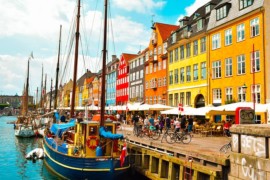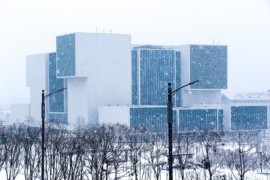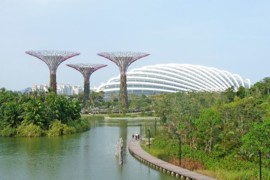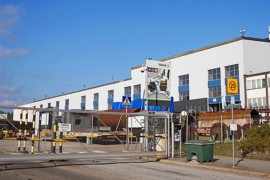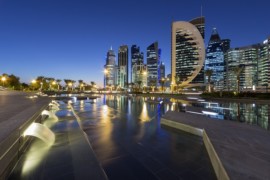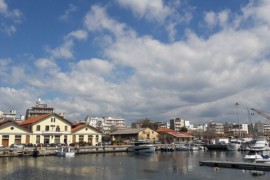Since April 2, 2015, the city of Montpellier is proud to be the first in France to have a trigeneration plant. Since that date the plant has produced three different forms of energy, using wood from the region: heating, cooling and electricity. More than 5200 units and more than one million square metres of offices, shops and public buildings, all located within the urban project of the Montpellier Agglomeration, are concerned.
A first in France
District of Port Marianne – Montpellier. Looking around we can see modern energy efficient buildings, a tram and parks surrounding the Lez, the local river. In short, the ideal snapshot of what the city of tomorrow will look like: more respectful of its environment and consuming less energy. But since April, Port Marianne, is above all the location of the first trigeneration plant in France.
What is trigeneration? Remember that this is an extension of the principle of cogeneration, in which the same equipment produces both heat and electricity. Trigeneration adds to this principle cooling production through an absorption chiller. This production can then power various air conditioning systems.
A €15,880,000 investment
Since November 2008, Montpellier is one of 19 cities in France to have been labeled eco-cities. A distinction that has enabled the eighth biggest city in France (with a population of 268 000) to receive a budget of 700 million euros for future investments.
This is the context that led to the first trigeneration plant being built. It has cost EUR 15.88 million (30% of which was funded by the state). For raw materials, the engineers chose wood from PEFC certified forests (Pan European Forest Certification or Endorsement of Forest Certification program) and/or local forests with a PGS (Simplified Management Plan), located at most 120 km from the plant to reduce emissions due to transportation. The network is expected to use more than 11,700 tonnes of wood each year.
The Port Marianne plant will supply 6 districts and more than one million square metres of housing, shops, schools, health and offices which have been connected to the trigeneration plant via an underground pipeline network buried under the roads.
Electricity and heating on site, decentralized cooling
The trigeneration plant produces electricity and hot water centrally through an 8.5 MW boiler. The cold however will be created in a decentralized manner, via water absorption chillers which have been installed in the connected buildings.
The green electricity is consumed by the requirements of the plant itself. In case of surplus electricity being generated, it could then be sold to an electricity supplier.
€Financed through the City of tomorrow funds, the plant will be operated by SERM (Society of the Equipment Region Montpelliéraine) and should save on 6,200 tonnes of carbon emissions per year. A first in France, which, if successful, could set the demand for other such facilities!
Image source: Flickr (Vital Energi)


